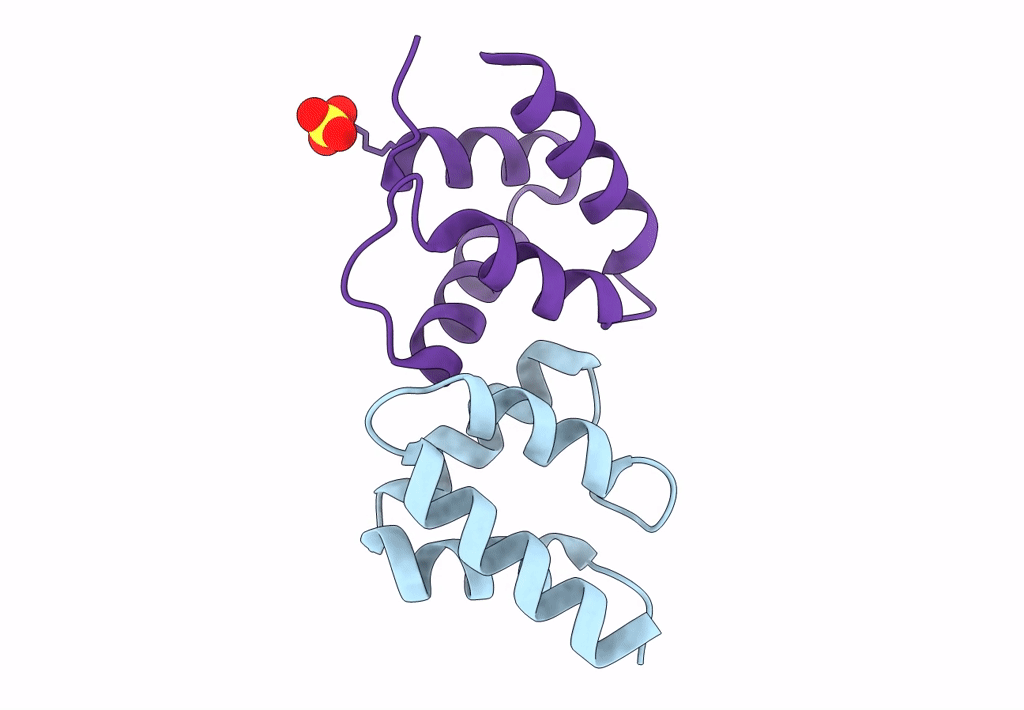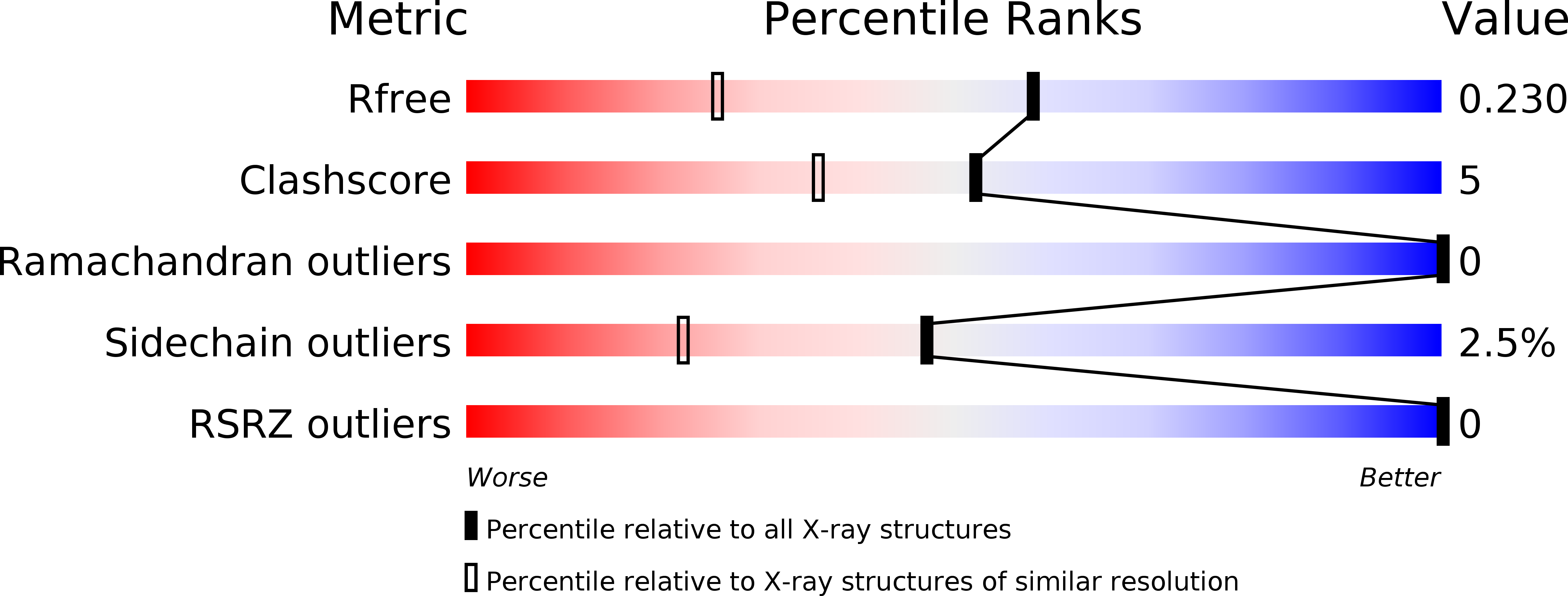
Deposition Date
2015-05-04
Release Date
2015-10-07
Last Version Date
2024-11-20
Entry Detail
Biological Source:
Source Organism:
ARCHAEOGLOBUS FULGIDUS (Taxon ID: 2234)
Host Organism:
Method Details:
Experimental Method:
Resolution:
1.60 Å
R-Value Free:
0.21
R-Value Work:
0.17
R-Value Observed:
0.17
Space Group:
P 21 21 21


